MXB-JDBU Self-Lubricating Casting Bronze Bearing
Cat:Self-Lubricating Bearing
MXB-JDBU Self-Lubricating Casting Bronze Bearing is a high-performance solid lubricating product inlaid with graphite or mos2 solid lubricant on a hig...
See DetailsSolid-lubricating bearings have become increasingly popular in modern engineering due to their ability to operate without external lubrication. Unlike traditional bearings that require periodic greasing or oiling, solid-lubricating bearings incorporate materials such as graphite, PTFE, or MoS₂ directly into the bearing matrix, providing self-lubricating properties. While this design reduces maintenance needs, it introduces unique considerations that are essential to ensure optimal performance and long service life.

Content
One of the most significant advantages of solid-lubricating bearings is the elimination of regular lubrication. Because the lubricant is embedded within the bearing material, there is no need for external oils or greases. This reduces maintenance schedules and minimizes the risk of contamination from dirt, dust, or improper lubrication. However, it is important to remember that once the solid lubricant within the bearing surface is depleted due to wear, it cannot be replenished. Therefore, maintenance strategies focus more on monitoring wear than adding lubricant.
Despite being self-lubricating, solid-lubricating bearings are not immune to wear. Routine visual inspections are crucial to identify early signs of surface damage, cracks, or excessive wear. Detecting these issues early can prevent more serious failures and allow for timely replacement. Tactile checks and measurements of bearing clearances can also help assess wear rates and remaining service life.
Solid-lubricating bearings are sensitive to improper load distribution and misalignment. Overloading or shaft misalignment can lead to uneven wear, accelerated surface degradation, or even premature failure. Maintenance should include verifying that shafts and housings are properly aligned and that loads remain within the manufacturer’s recommended range.
Operating temperature plays a critical role in the performance of solid-lubricating bearings. High temperatures can degrade the embedded lubricant materials, such as graphite or PTFE, reducing friction-reducing effectiveness. Monitoring equipment temperatures and ensuring that bearings operate within specified limits are essential components of preventive maintenance.
Although these bearings do not require external lubricants, they are still susceptible to damage from debris, dust, and other abrasive contaminants. Maintenance practices should focus on keeping the operating environment clean, particularly in applications where dust, metal particles, or other foreign materials are present. Protective shields, seals, or covers can help extend bearing life by minimizing exposure.
Because solid-lubricating bearings cannot be re-lubricated once the embedded lubricant is depleted, planning for timely replacement is critical. Maintenance schedules should consider operating hours, load conditions, and observed wear rates to determine optimal replacement intervals. In many industrial applications, predictive maintenance techniques, such as vibration analysis or infrared temperature monitoring, can provide early warnings of wear or impending failure.
The interaction between the bearing material and the mating shaft is another important factor. Different materials can produce varying wear patterns, and some combinations may accelerate degradation. Maintenance personnel should periodically inspect shafts for scoring, corrosion, or unusual wear patterns and ensure that any replacement bearings are compatible with existing shaft materials.
Solid-lubricating bearings significantly reduce the traditional demands of lubrication-based maintenance, but they introduce unique considerations that must be addressed to ensure reliability and longevity. Key maintenance practices include surface inspections, alignment checks, temperature monitoring, contaminant control, scheduled replacements, and material compatibility verification. By adopting a proactive maintenance approach tailored to the characteristics of solid-lubricating bearings, engineers can maximize service life, reduce downtime, and maintain smooth, efficient operation in demanding environments.
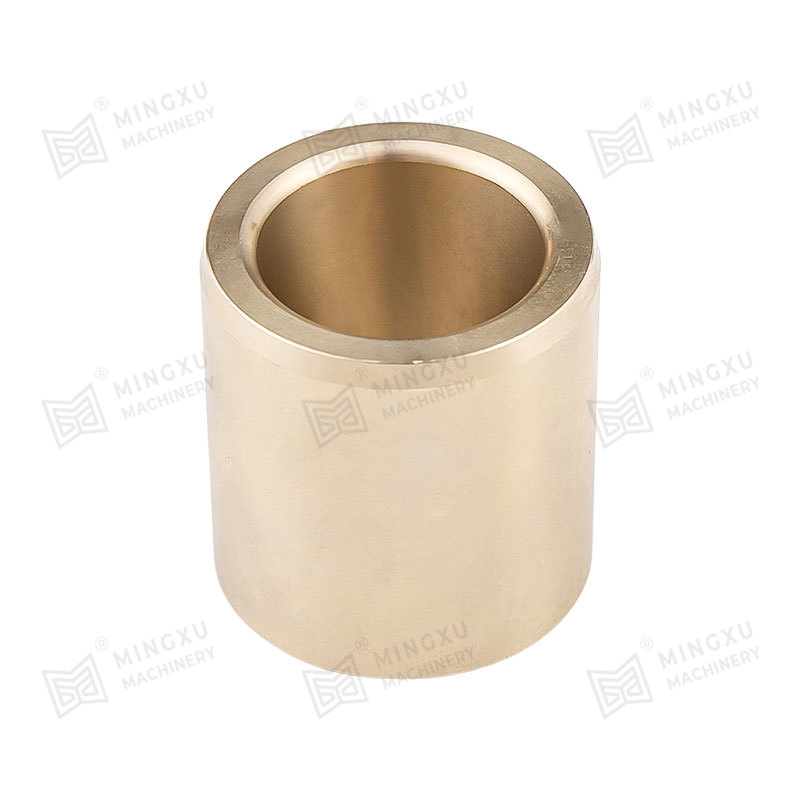
MXB-JDBU Self-Lubricating Casting Bronze Bearing is a high-performance solid lubricating product inlaid with graphite or mos2 solid lubricant on a hig...
See Details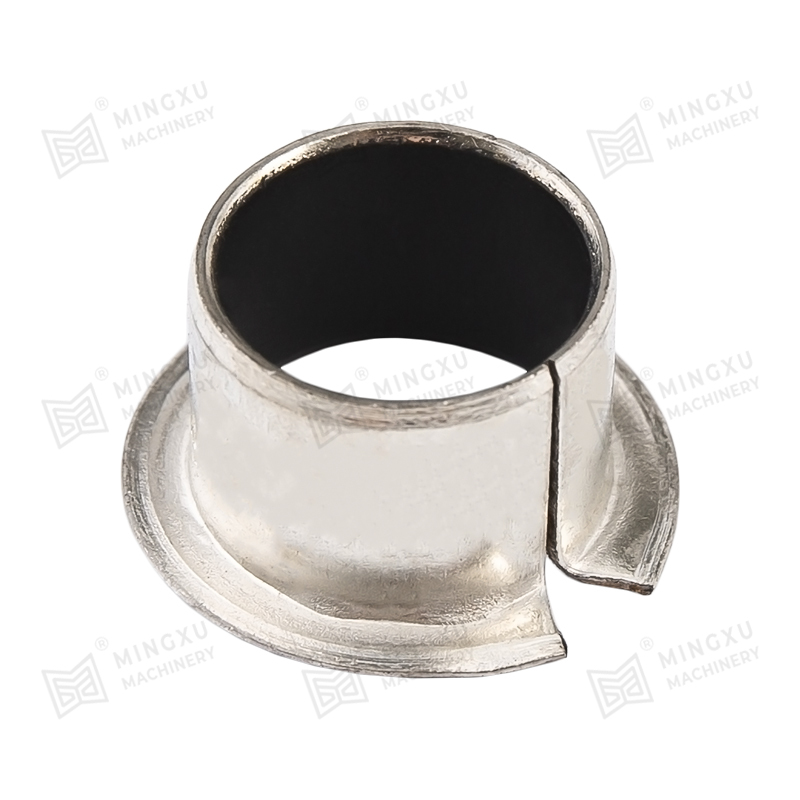
The MXB-DUF oil-free composite bearing, also known as the SF-1F bushing, is a three-layer composite structure bearing. It typically consists of a stee...
See Details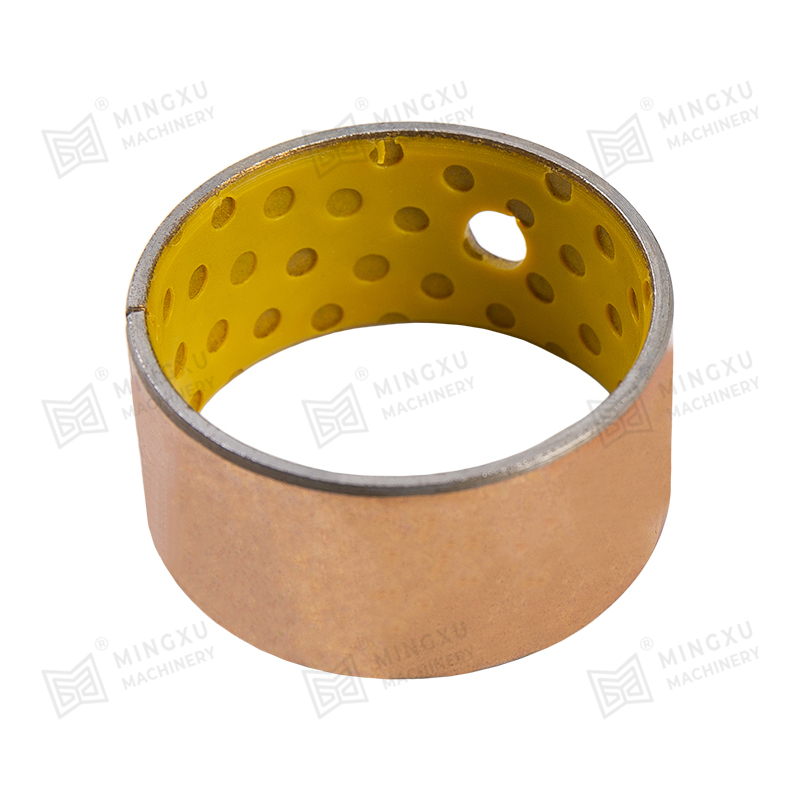
MXB-DX boundary oil-free bearings, equivalent to SF-2 self-lubricating or dry plain bearings, which is based on steel plate, sintered spherical bronze...
See Details
FB090 bronze bearings are made of tin bronze alloy CuSn8. The surface can be rolled with diamond or hemispherical oil holes and oil grooves according ...
See Details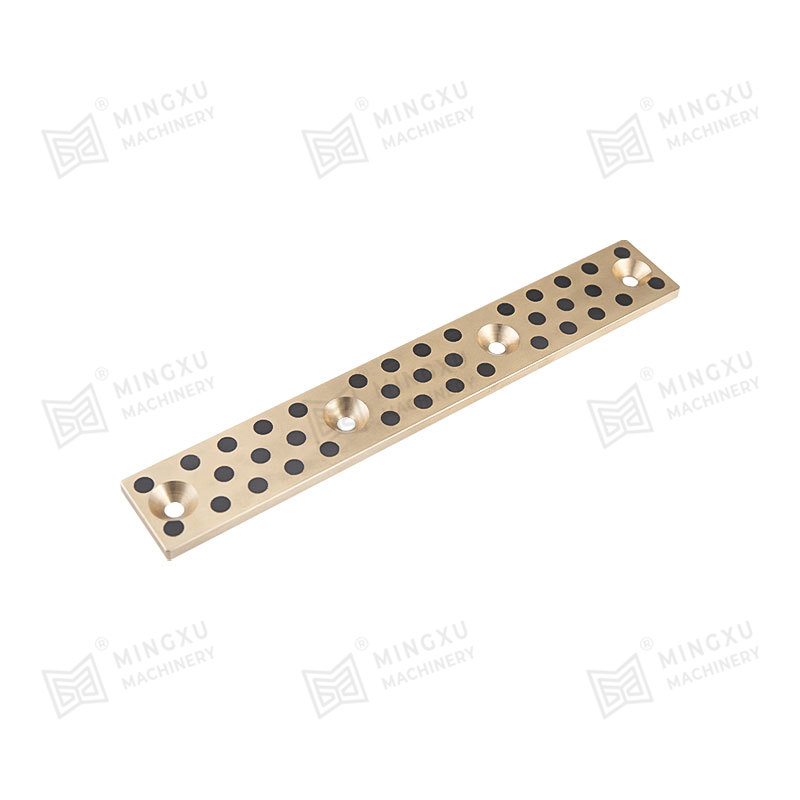
MXB-JTLP self-lubricating wear-resistant plate can provide standard products ranging from width from 18mm to 68mm and length from 100mm to 220mm. It c...
See Details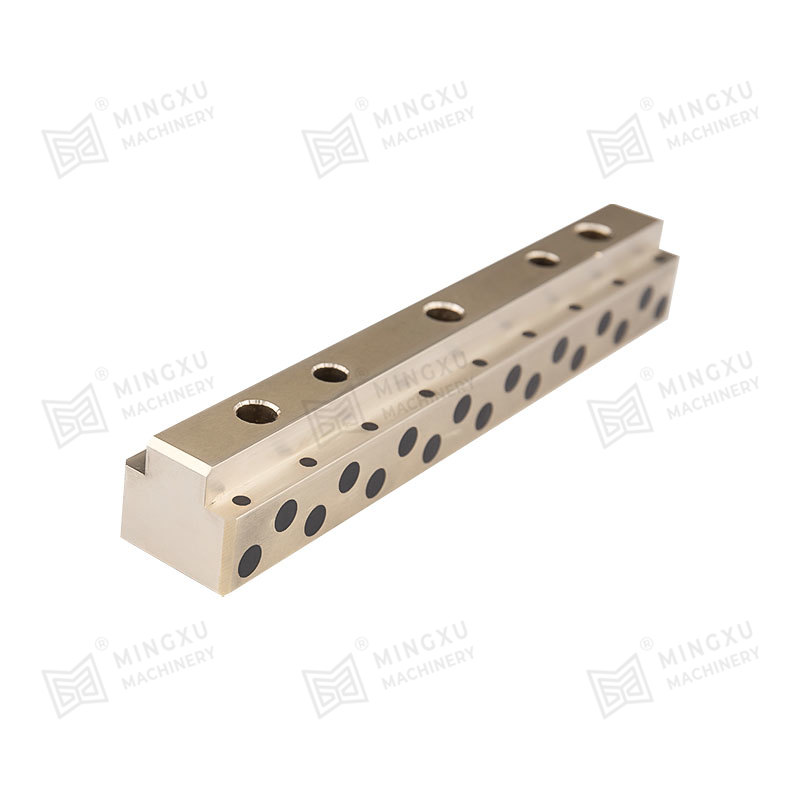
MXB-JTGLW self-lubricating guide rails provide resistance and reduce friction, ensuring extended durability and enhanced performance. This product pro...
See Details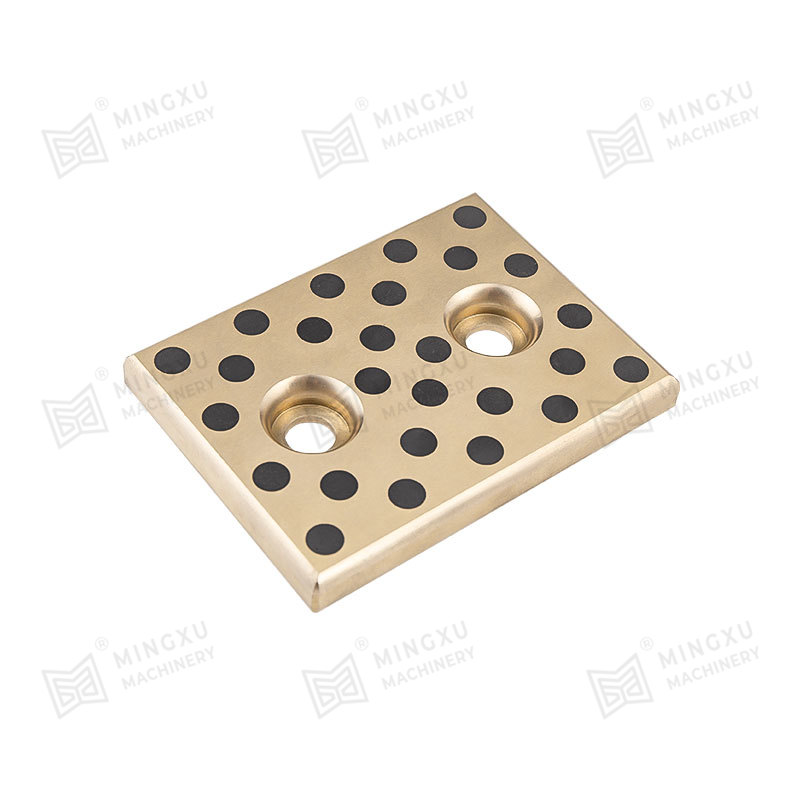
MXB-JSP self-lubricating wear-resistant plate is suitable for injection molding machines, automotive stamping molds, tire molds, factory machinery (ex...
See Details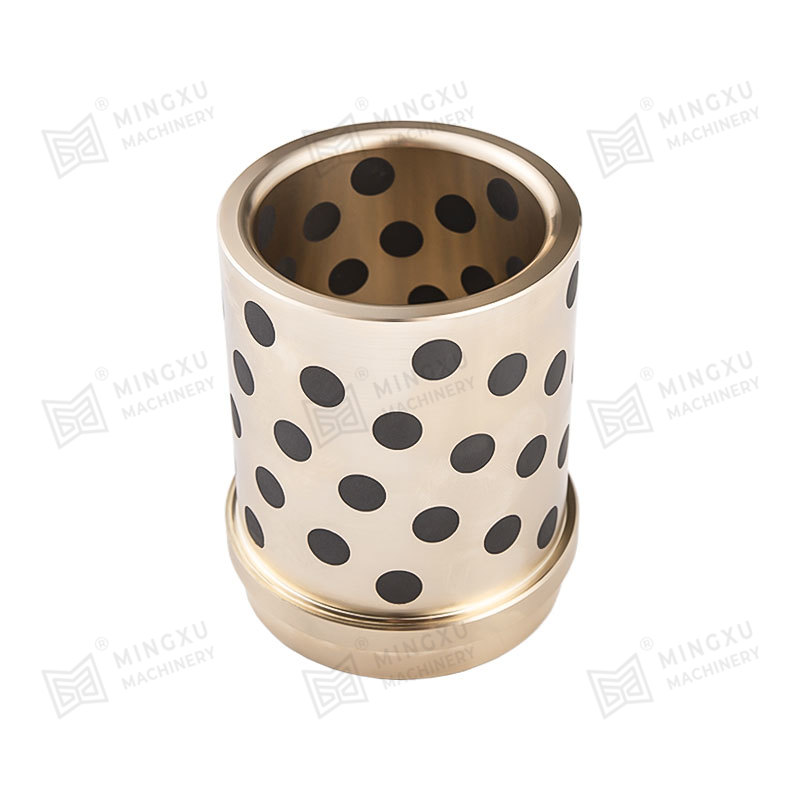
MGB61 NAAMS Standard Guide Bushing is a reliable solution for precise, smooth guide applications. This guide bushing is designed to meet NAAMS standar...
See Details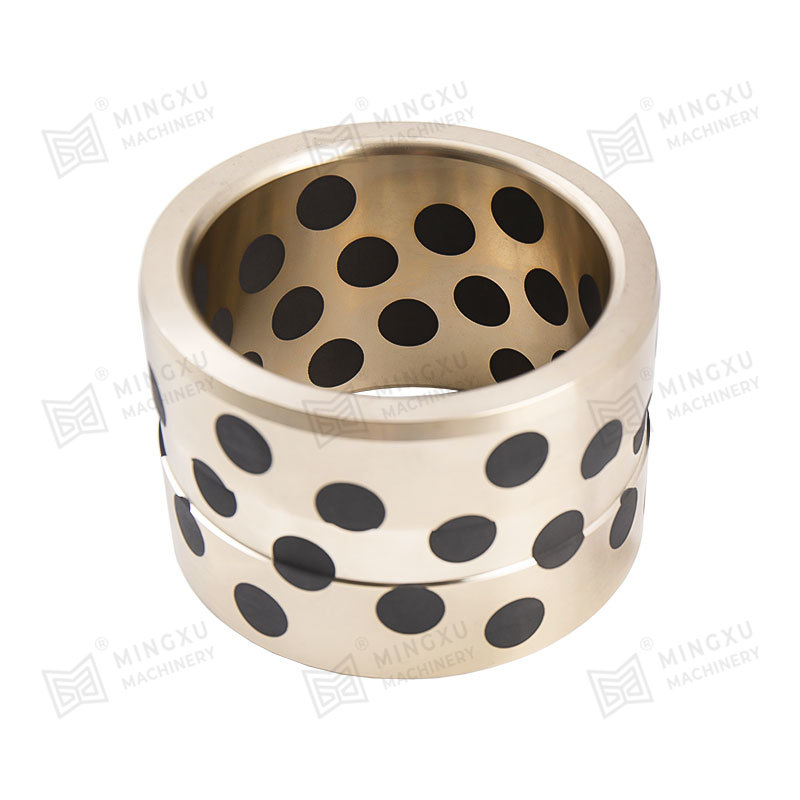
MJGB oil-free injection guide bushings are standard components used in the plastic injection molding process, providing lubrication-free guidance and ...
See Details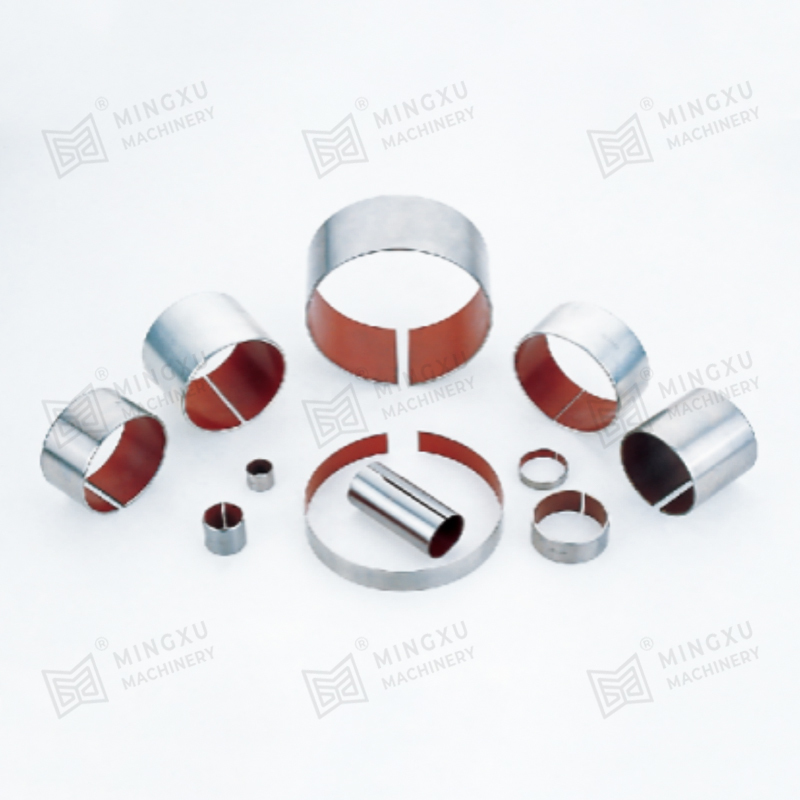
SF-1SS is a highly corrosion-resistant and wear-resistant bearing made of stainless steel as the base material and PTFE sprayed on the surface. This m...
See Details
Contact Us